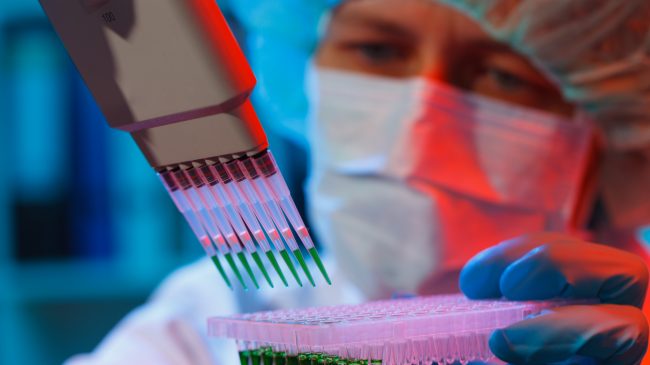The California Institute for Regenerative Medicine (CIRM) has spent almost all of the $3 billion in bond proceeds California voters authorized in 2004 and seems likely to ask voters to approve more borrowing in 2020 to continue its stem cell research. But, before taxpayers give the institute a new blank check, Californians should consider how well the original $3 billion was spent, whether the case for a state-specific research institute still exists today, and whether general obligation bonds are appropriate for this project.
In 1998, a team at the University of Wisconsin extracted stem cells from human embryos for the first time. An article in the journal Science heralded the possibility that these cells could be used to repair blood, bone and other tissues. While scientists were excited, pro-life advocates expressed opposition to using stem cells derived from embryos for taxpayer-funded research. In 2001, then-President George W. Bush issued an executive order restricting federal funding for stem cell research. Under the order, public money could only be used for research on existing lines of embryonic stem cells; no new cell lines could be harvested.
In California, however, scientists bristled at this restriction and devised a way to circumvent it: create a stem cell research institute in the state, which could be funded by a $3 billion voter-approved bond. The bond campaign, led by Robert Klein, who would go on to serve as chairman of CIRM, raised $34 million to promote the measure with promises of miracle cures. Voters approved Proposition 71 in 2004 by a wide margin to fund CIRM.
Unfortunately, reality has not lived up to the hype. Last year, the San Francisco Chronicle reported that CIRM funding had failed to produce a single federally-approved therapy. And a 2015 State Controller’s Office audit found the institute failed to take adequate steps to ensure that scientists reviewing grant applications did not have conflicts of interest. Given these results, State Sen. John Moorlach, R-Costa Mesa, called Proposition 71 “the most egregious ballot measure abuse in recent state history.”
But despite the lack of results and management deficiencies, CIRM is planning to ask voters for another $5 billion in bond money in 2020. Before being swayed by more stories of sick children and others who might someday possibly benefit if CIRM research develops cures to diseases, voters should consider whether the case for a California-specific stem cell research center presented in 2004 still applies today.
Much has changed since the first ballot measure passed. First, in 2009, then-President Barrack Obama reversed his predecessor’s executive order and allowed federal funding for research on newly harvested stem cell lines. Although President Donald Trump has more recently restricted research on fetal tissue, he has not resurrected the Bush-era policy. Further, an alternative to embryonic stem cells has since emerged.
In 2007, a team of Japanese scientists showed that adult skin cells could be reprogrammed to act like embryonic stem cells by altering just four of their genes. With federal restrictions repealed and alternative sources of stem cells available, various private, non-profit and academic stem cell centers are now thriving across the country. And, in retrospect, it seems unnecessary for Californians to have spent so much money on embryonic stem cells.
Generally, these stem cell bonds are inconsistent with the rationale for issuing general obligation bonds. The state might reasonably issue bonds for infrastructure projects, which will benefit taxpayers over the long-term but California should not burden future taxpayers by raising venture capital for uncertain scientific research. While bridges and dams with useful lives of decades are good candidates for long-term financing, CIRM hasn’t produced long-term benefits yet. Instead of borrowing more money that future generations of Californians will be obligated to repay, it’s time to admit funding CIRM with borrowed money was a mistake.
This column originally appeared in the Orange County Register.

